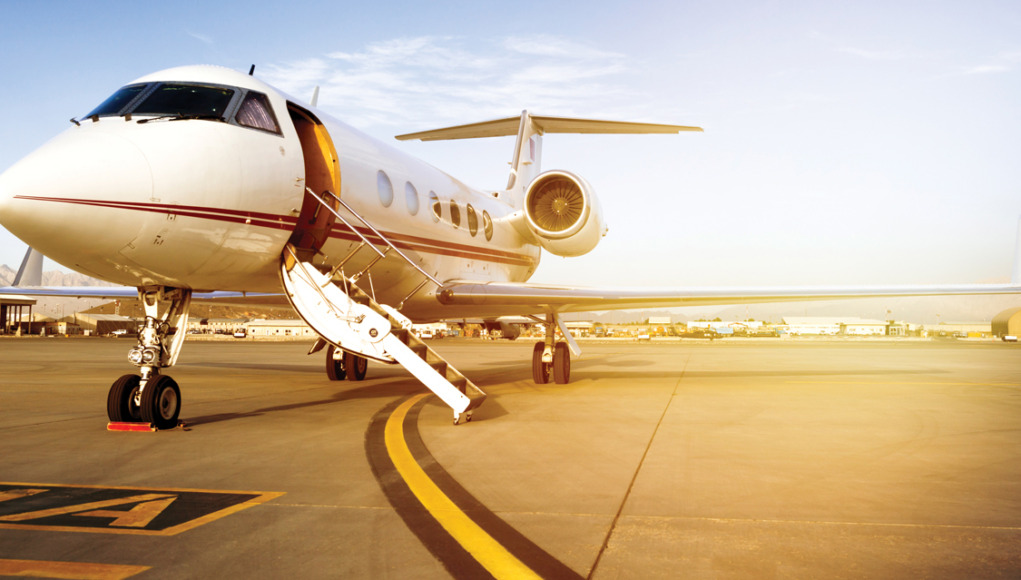You are among the world’s business aircraft owners and operators. You are well represented wherever movers-and-shakers are to be found. Beyond Manhattan, London, and Frankfurt, you are seen from Monaco to West Palm Beach, from San Francisco Bay to Hong Kong’s Victoria Harbour. Citizens of the world, if you so choose, business aviation’s customers tend to be well educated, globally minded, and exceptionally well connected – both in your relationships and with your electronic devices. As a community, you have been sensitized to prefer low visibility, privacy and “stealth wealth” over flamboyant expressions of opulence that instantly attract media attention and ever-present iPhone lenses.
Companies and advisors that serve you know that discretion in their dealings is the rule rather than the exception – generally speaking, the fewer people “in the know,” the better. Business aviation, therefore, is largely a science and art that satisfies many customers’ inherent desire for discretion, especially in a world indulgent with fast-breaking news, near-instantaneous tweets, and self-gratifications. Arguably, all is well and business aviation is most customer-effective when it is nearly invisible on the public’s radar screen.
Invisibility certainly has its advantages. You can travel discretely, whether under your own blocked aircraft registrations or under the auspices of charter, membership, and fractional fleet operators where “QS” can refer equally to “Quarter Share” or “Quietly Secure” and “UP” to “Ultimate Privacy.” You can come and go while accomplishing your professional and personal objectives, beyond the purview of your competitor’s or the general public’s eyes. And what’s wrong with that?
In general, business aviation – if not by design then by happenstance – transmits a relatively small radar signature. Air Transport Action Group (ATAG) research suggests that civil aviation produces about 2% of all human-induced CO2 emissions; the General Aviation Manufacturers Association (GAMA) estimates that business aviation is responsible for just 2% of civil aviation’s total, or a measly .04% of global emissions.
Business aviation’s impact therefore is almost inconsequential. This has partly to do with low average utilization of business aircraft. Fixed-wing turbine customers reported that they flew about 340 flight hours per aircraft last year, perhaps 1/9th the utilization of a typical commercial airliner. In a debate about climate change and environmental policy, such a position has obvious advantages, especially when push comes to shove – when always dreaded user taxes and duties are under consideration.
With other issues, however, invisibility has its consequences, some of them intractable. A current topic of concern is talent, and more specifically, the difficulties business aviation is facing in recruiting and retaining people to fly and maintain your aircraft. (See “Sticky Business,” BAA May/June 2019).
Some will say that the challenges are simply a matter of pure and simple economics – pay more and people will stay rather than join the commercial airlines. Others believe that we need to tell our story more effectively – about the quality of life, the high-performance aircraft, the latest-generation cockpits, the variety of airports and missions served, the excitement of flying in an unscheduled pattern, not knowing where the day will take them.
While these arguments all have merit, evidence suggests that business aviation is not yet “winning” the battle for talent. Widespread reports of multiple pay increases and benefit adjustments to stem the outflow of rated pilots and aircraft maintenance technicians to the commercial airlines describe actions that largely are stop-gap in nature, and not necessarily focused on bringing new people into the industry. While retention may seem like Job #1, recruitment is the other side of the same coin, albeit hampered by the near-constant headwind of business aviation’s limited public visibility.
With awareness being the first step towards action, talent was the front-and-center subject of the opening panel of experts at the 9th annual JETNET iQ Global Business Aviation Summit on June 4-5, 2019 in White Plains, NY. In today’s highly competitive U.S. labor market, where unemployment is at a 50-year low and where about 60% of business aircraft currently are based, retaining people has become an urgent priority for professional operators, whether flying a fleet of large cabin business jets or a single-engine turboprop. Fully 75% of worldwide aircraft owner/operator respondents to the JETNET iQ Q2 2019 Survey – and a remarkable 81% in North America – indicated that they currently are experiencing difficulties recruiting and retaining pilots, mechanics, and technicians.
High-utilization business aircraft owners/operators – including charter, fractional, aircraft management, corporate flight departments, and others flying more than 800 hours per aircraft per year – were only slightly better off, with 70% reporting such challenges. Recruitment of young technical talent is particularly difficult in the face of aggressive and creative competition from commercial airlines. From ab initio flight training with career pathways and signing bonuses all the way to the right (and eventually left) seat of a jetliner, the hunt for talent has become a day-to-day focus for many aircraft owners.
The opportunity to design, build, market, operate, and service today and tomorrow’s business aircraft provides an exciting roadmap for many young and diverse professionals entering the industry. Getting in front of these people to tell our story, share our enthusiasm, and build personal relationships is hard and seemingly thankless work, especially in the face of the schedule control, steady career path, and income predictability offered by the airlines – features they tout in their recruiting efforts.
Getting more people to experience the benefits of business aviation is surely part of our industry’s longer-term talent solution. Encouragingly, more than half of Q2 2019 JETNET iQ Survey respondents believe there will be a shift away from whole aircraft ownership towards various forms of shared access in the coming years. New business aviation models show tremendous promise. Whether charter, membership, fractional ownership, empty-leg and per-seat clubs, or other channels, they offer greater accessibility plus the benefits sought by the next generation of pilots. A key to success will be whether any of these approaches can effectively tackle one of the biggest elephants in the room, namely the high fixed and variable costs of providing the service so as to entice more users to purchase.
A dramatic increase in investment and experimentation in urban air mobility is among the most exciting developments already attracting talent and capital into the industry. Urban air mobility vehicles, whether powered by hybrid or all-electric propulsion, surely are part of our low-emissions and more environmentally sensitive future, but an integrated operational system faces many technological, regulatory, economic, customer acceptance, and safety obstacles. Realistically, just one of these obstacles could take more time to resolve than most proponents will ever admit.
What to do? Advocate for business aviation, both inside and especially outside your organization and industry. Ensure that your aviation people are recognized in your business, and that they are compensated fairly for the good work they do. Take specific actions to better serve your pilots and maintenance technicians – the ones you have today, and the ones you’ll have tomorrow. BAA
Rolland Vincent is President of Rolland Vincent Associates, an aviation and aerospace market research, forecasting, and strategic planning firm. His nearly 40 years of experience includes work with manufacturers, commercial operators, and international organizations.







[…] is responsible for 2% of global carbon emissions. Private or business aviation accounts for 2% of that 2%, or just 0.04% of global carbon emissions. What if, rather than repeating assurances that the industry is aware of […]